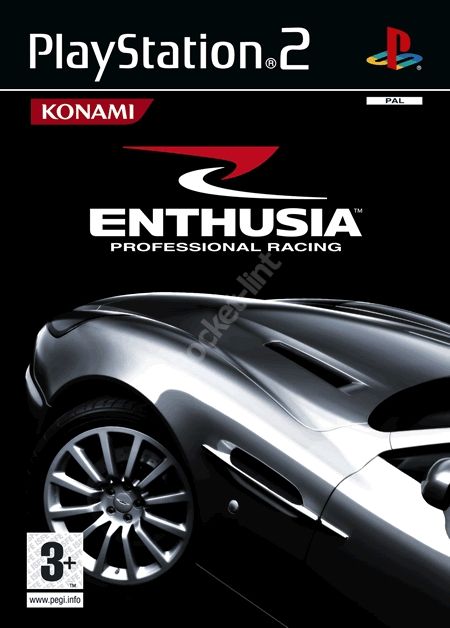Getting past the name, Enthusia offers plenty to the race simulator fan looking to concentrate on driving rather than tuning their car. Two hundred cars from 50 different manufacturers and 50 tracks should be enough to keep the most ardent fan happy, but is it enough to get pole position from the competition? We took it out for a spin.
Our quick take
Enthusia is an interesting twist on the racing simulator and one that certainly offers a different set of rules from the usual racing games on the market. The emphasis on driving will mean it's likely to take you a lot longer to master this over other racing titles, but luckily you can use the Driving Revolution mode as a tutorial to improve those skills before you hit the track.
For harden race fans however, the inability to be able to customise your racing cars will be annoying and this arcade intrusion is the main drawback against the game.
Konami, we are sure will argue that its all about the driving rather than the tuning, but we say, why can't you have both?

Enthusia - Professional Racing - PS2 - 4.0 / 5
| FOR | AGAINST |
|---|---|
|
|
The game is split into five different modes; Enthusia Life (the career mode), Driving Revolution (a sort driving school of sorts) standard time attack, versus racing, and free racing.
Enthusia Life is where the heart of the game lies and it’s here where most of the action will take place. Starting out with a fairly low spec car the aim is to win races and earn Enthu points. While you don’t know what you’re doing, points are lost rather than earned to be honest, and depending on how you perform and drive depends on how many points you get to keep. Crash into a barrier and you lose them, nudge the opposition and you lose them, and basically any mistake including getting hit by other drivers is all bad news to that points total. Lose all your points on a particular race and it means you’ve got to sit the next one out completely. This then has the knock-on effect of less races, less chances to earn those points and a downward spiral begins.
While it doesn’t help you get around the track any easier, Konami has introduced a Visual G System that shows you how your car is reacting to the forces you are putting on it and gives you feedback accordingly. The idea is designed to allow you to learn and adjust your driving accordingly, but with no right and wrong pointed out, you’re on your own.
At the end of each race, depending on your positioning, you can gain some of those Enthu points back and as with all these things - points make prizes. Those prizes are upgrades to your car and eventually new cars.
It’s here that the game does come a tad unstuck, as you can’t actually choose what you want upgraded or how you want to upgrade it. This omission is a major break from most racing simulators, especially its main competitor Gran Tursimo 4.
The Driving Revolution mode clearly stems from Konami’s Dancing Stage games and you have to hone your driving skills to hit certain markers at certain speeds. The speed with which you hit the markers will determine your grade - bad to perfect - and you have to get above a certain level of driving prowess to continue to the next level. The only real thing missing here is the beat box music to bop along with in true Dancing Stage style. While it’s an interesting idea, it’s one that soon becomes frustrating and dull.
To recap
This is an interesting take on the racing sim and one that offers a breath of fresh air from the usual tune fest of GT4
